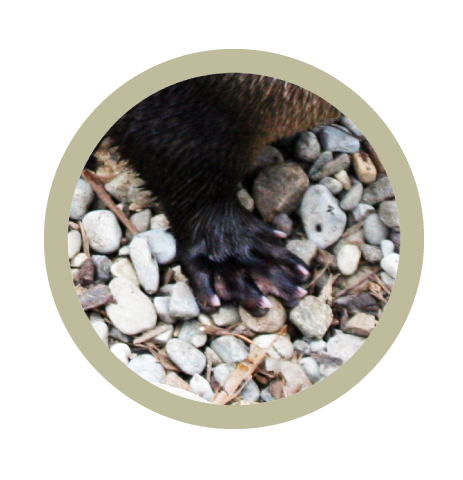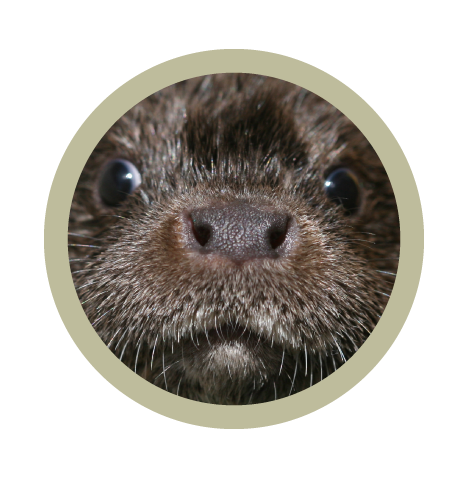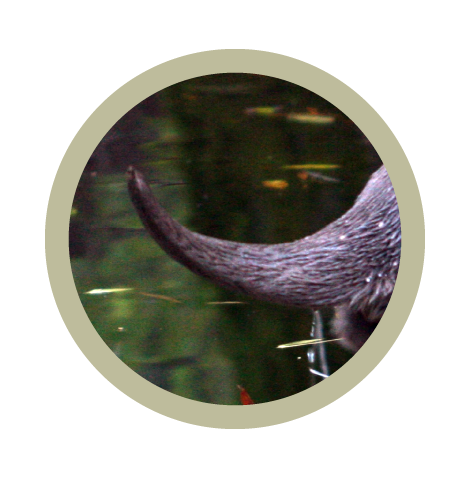is classified in the Italian Red-List of Vertebrates as one of the most endangered mammals.
The river otter (Lutra lutra) is a carnivore strictly linked to fresh waters. Due to its semi-aquatic habits, it evolved various adaptations such as the crystalline lens adjustments to improve underwater vision, nasal and acoustic valves to prevent ingress of water, and a flattened tail to use as rudder while swimming.



Thanks to its thermoregulation system, the otter is able to swim in extremely cold water.
The fur is actually made of two different layers which trap the air inside, insulating the animal from the environment. Once on land, the topmost fur layer will clump to ease the flow of the water and for the animal to dry faster.
At the end of 19th century the otter was widespread across all the peninsula. Hunting, pollution and habitat destruction during the last century brought the animal to occupy just few regions in southern Italy.
Lately we witness a new expansion from these regions both Southward, up to the Sila mountains in Calabria, and Northward, to the Sangro River in Abruzzi.
The Lontrack project revolve around this very basin, to date the northernmost limit of the species expansion. It started on 2010 as a PhD research by Laura Lerone (Romatre University) under the tutorship of prof. Anna Loy (Molise University), italian representative for IUCN Otter Specialist Group.
In september 2014, on the field with Prof. Loy and G. De Castro, we found signs of presence also on the Trigno River and one of his tributaries the Treste, in the stretch of the river that flows in Abruzzi.